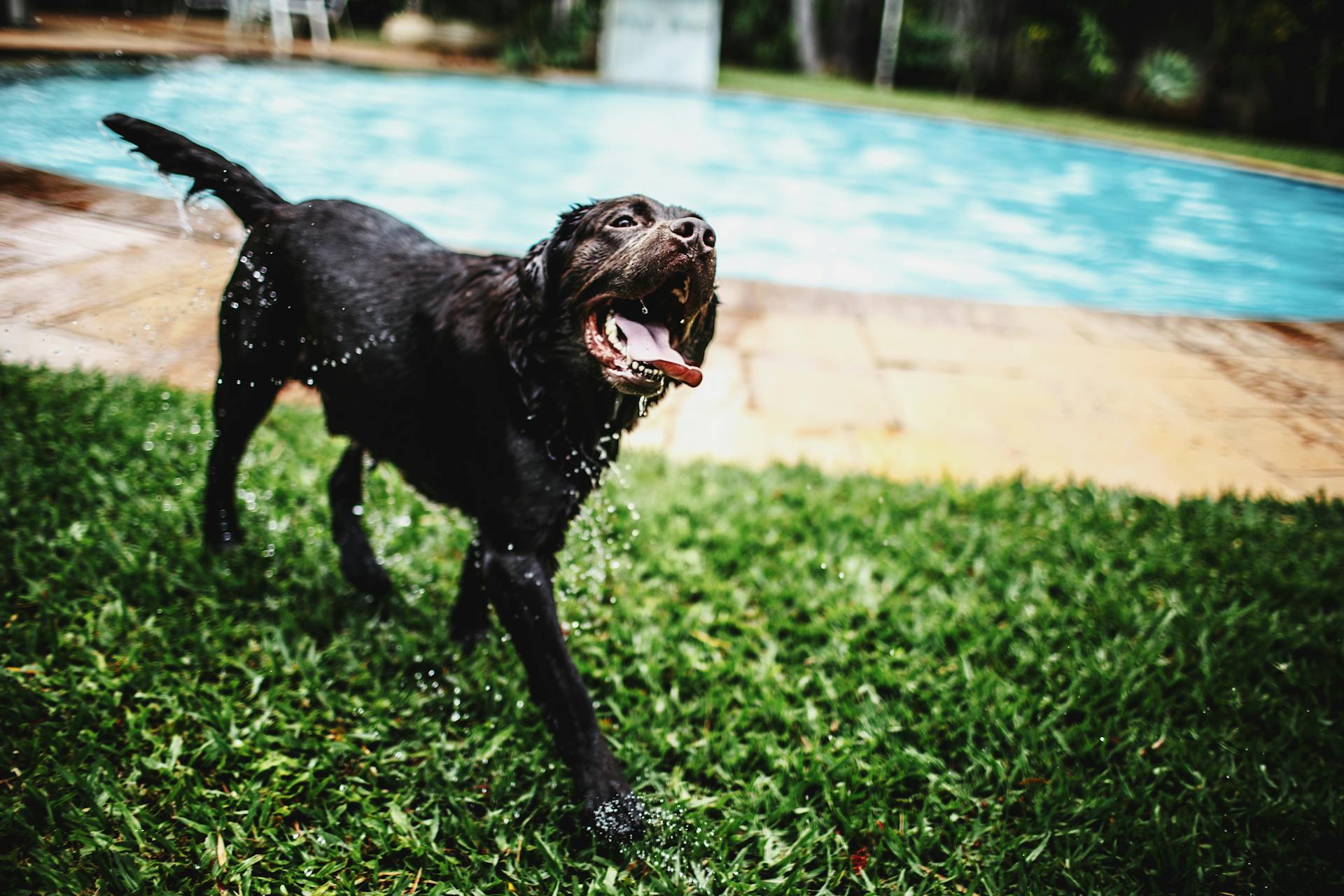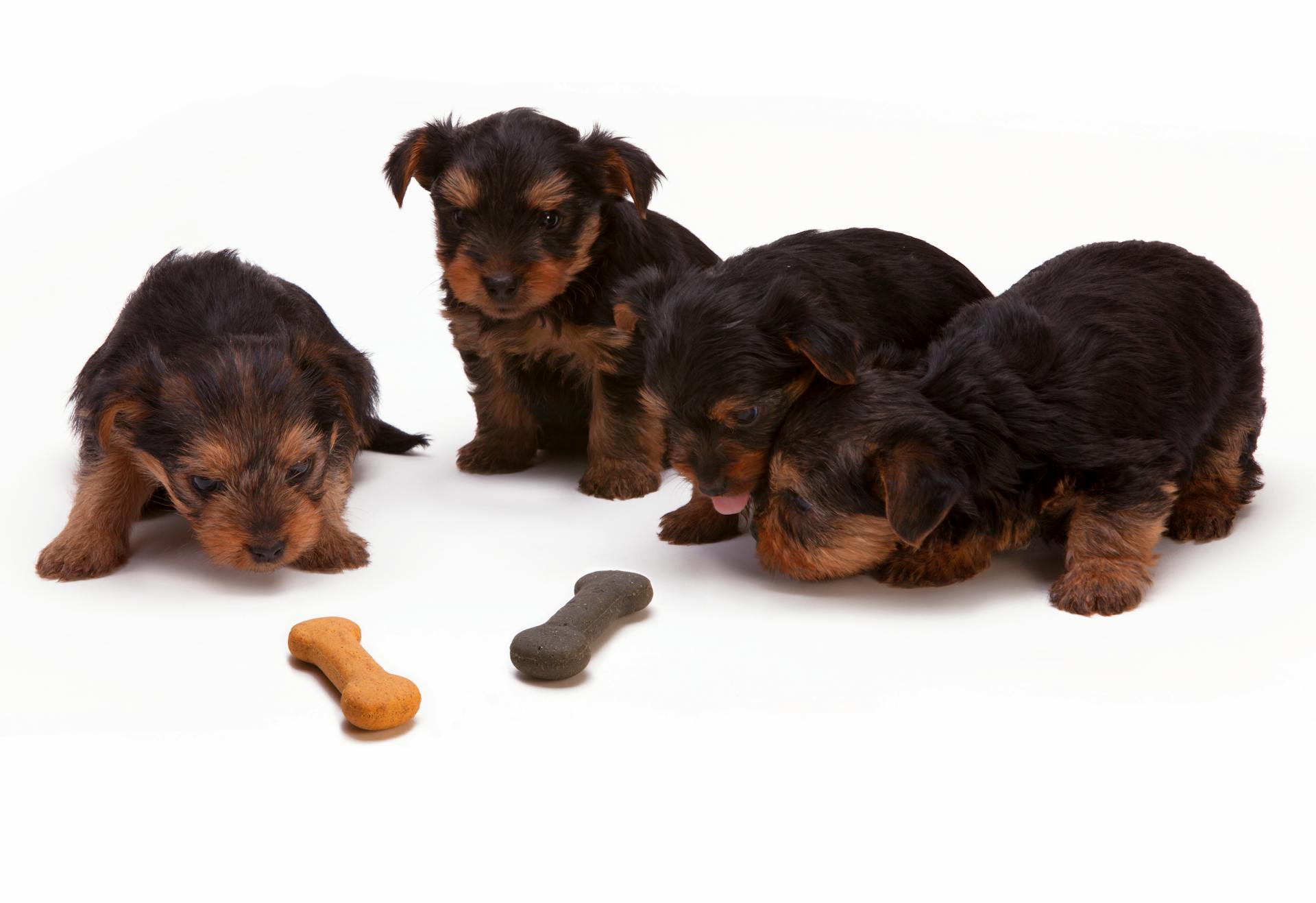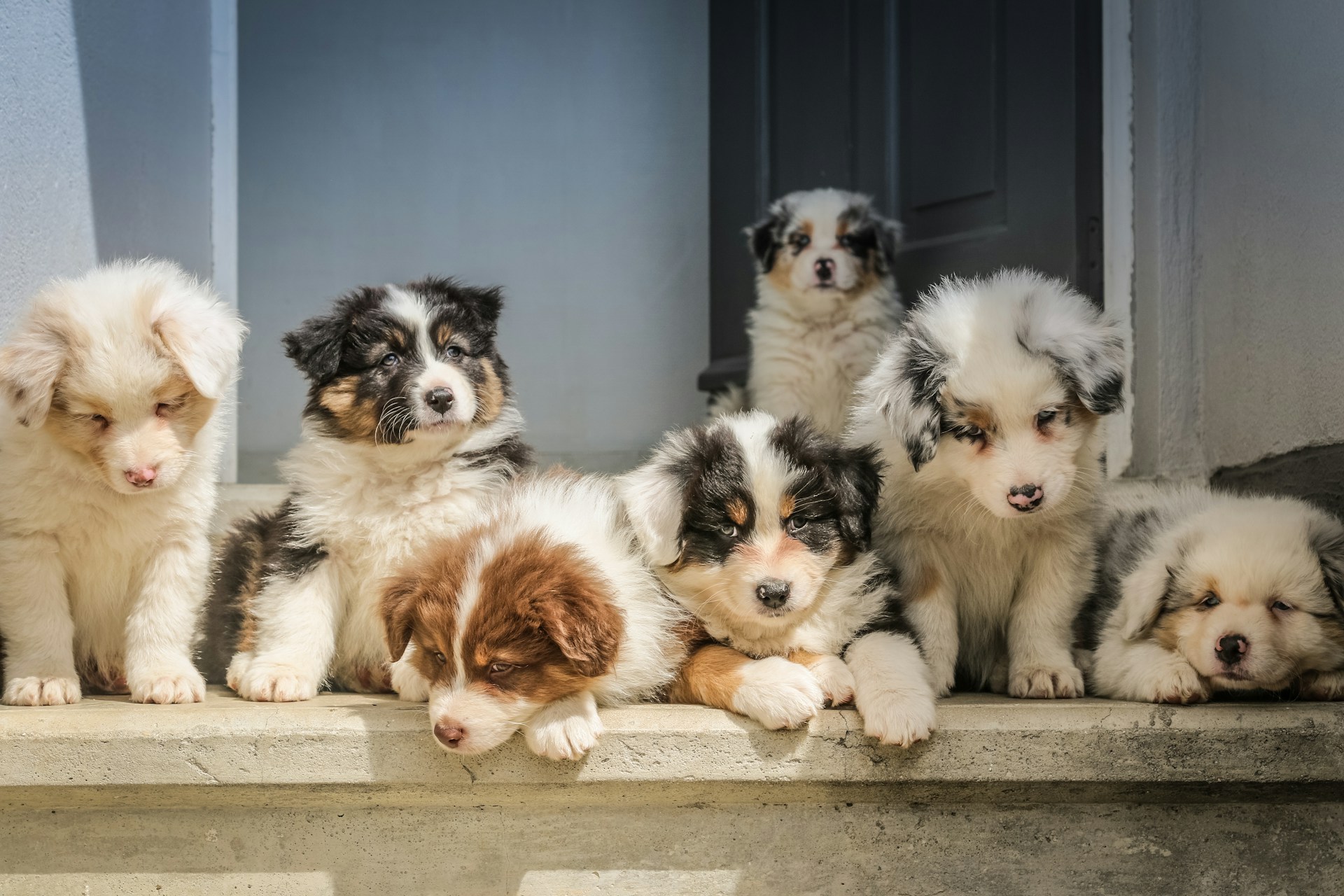Introduction
Buying or rescuing a puppy for your home is a unique joyful experience, it adds a new form of excitement albeit some nervousness as well. However, how do you choose the right puppy for your family? And once you bring your furry friend and adopt puppy parenthood in your life, you will slowly start to find them more close to you than you first imagined, such is the magic of introducing a well behaved animal into your life.
The first few moments of having it at home can bring a heartwarming smile to you whenever you reminisce about it down the line, this special moment marks the beginning of a special friendship. But as amazing as these early days are, they bring their own set of unique challenges. This starting time is not only about snuggling and playing; if done right it can lay the foundation for creating a well behaved pet that acts as your friend. This blog will guide you on how to choose the right puppy for your family.
Table of Contents
1. Assessing Your Family’s Needs and Lifestyle
Before you start looking at puppies, it’s essential to assess your family’s daily routine, living environment, and overall lifestyle. This evaluation will help you determine which type of puppy would best fit into your home.
For instance, if your family is active and enjoys outdoor activities, a high-energy breed may be a great match. On the other hand, if you live in an apartment and prefer a more relaxed lifestyle, a smaller, low-energy breed might be more suitable. Consider the size of the puppy, its energy levels, and age. A large, energetic puppy may not be ideal for a family with young children or elderly members. Puppy size considerations, energy levels, and the age of the puppy should all be in sync with your lifestyle to ensure a smooth integration.
2. Understanding Breed-Specific Traits and Temperament
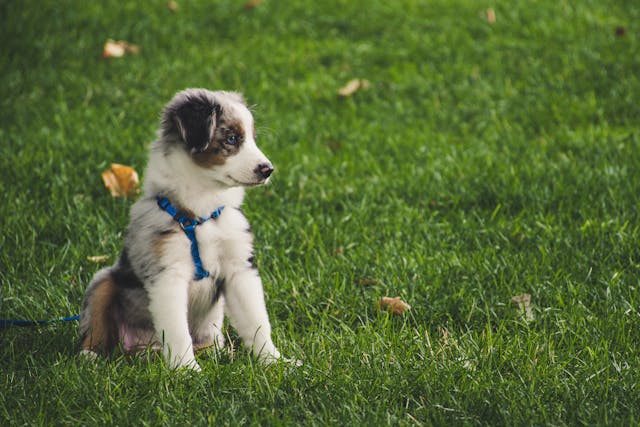
One of the most critical factors in choosing the right puppy is understanding breed-specific traits and temperaments. Different breeds have distinct characteristics that can significantly affect their behavior, energy levels, and how they interact with people.
For example, some breeds are known for their friendly and sociable nature, while others may be more independent or protective. It’s essential to research different breeds to understand their specific traits and how they might align with your family’s needs. Additionally, consider whether you want a pure-bred puppy, which often has predictable traits, or a mixed-breed puppy, which can offer a unique combination of characteristics. Conducting thorough breed research will help you make an informed decision that suits your family.
3. Evaluating Health and Grooming Needs
As a pet owner it is highly imperative that you provide proper healthcare for your puppy, so that it can mature into a strong healthy canine. Routine vet visits are the main cornerstone of your puppy’s healthcare. Make a proper vaccination schedule with his vet, make regular visits and consistently consult your veterinarian about any behavior changes or changes in diet, especially while making changes to his food habits etc, consulting your vet for every decision you take on your puppy should be an essential part of your schedule for the first few months of having a puppy.
Prepare a vaccination schedule with the vet and make sure you adhere to it, regular preventive care is essential in protecting your puppy from life threatening diseases. Make sure to get a full checkup of your puppy in its starting days so that you can know if it has any diseases or allergies you need to take care of. Having proper healthcare is crucial for developing a healthy and happy puppy.
Grooming and physical maintenance of your puppy ensure that your puppy looks good and often also affects the physical and mental health of your pet. Making sure your dog’s coat is clean is imperative for its health. Regular brushing of your dog’s hair and coat will make sure that it stays free from tangles and stray hairs that may go into the mouth of you or an infant.
Bathing your dog is also highly important for the maintenance of its hair and its health. A dog spends its entire day playing outside and rolling around in the dirt. Its coat becomes a breeding ground for countless bacteria and diseases and might infect you or your canine friend if you’re not careful. To combat this threat you must give it a bath on a bi monthly basis at least so that it stays clean and chipper. A dirty fur coat can also make the dog feel heavier than usual and get tired more often due to the dust debris weighing up the fur coat. Having regular baths can help your dog feel refreshed and chipper.
Sharp nails will be your worst nightmare if you live with soft couches and expensive furniture, no matter how high quality your furniture might be, in front of a dog’s sharp claws it is no match and will be turned to smithereens in a second. Although dogs that walk on hard pavements naturally erode the sharpness of their nails, if you’re not taking it out for regular walks try to get its nails cut by a professional, don’t do it by yourself as it can damage the dog but instead have a dog groomer come in once a month to blunt down its nails so your furniture can have a long life.
4. Meeting the Puppy’s Parents and Evaluating the Litter
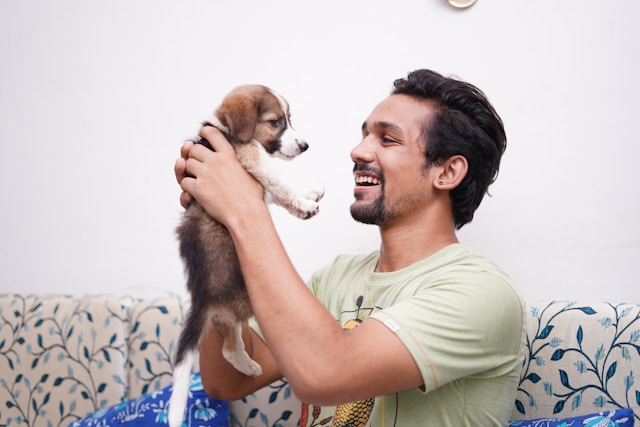
Meeting the puppy’s parents is an often overlooked but incredibly valuable step in the selection process. The parents’ health, temperament, and behavior can give you a good indication of what to expect from their offspring. Observing the parents will allow you to gauge the likelihood of inherited traits and potential health issues.
Similarly, evaluating the litter is crucial. Look for signs of good health, such as bright eyes, clean ears, and a shiny coat. Watch how the puppies interact with each other and with people. A well-socialized puppy will be curious and confident, while a shy or overly aggressive puppy may indicate future behavioral challenges. Litter evaluation is a key step in ensuring you choose a puppy that fits well with your family’s dynamics.
5. Importance of Training and Socialization
The art of training a puppy is one of the most crucial aspects of raising an orderly and well behaved dog. Training in its early years can set the foundation for your puppy’s behavior and creates clear communication channels between you and your puppy. In this section we will cover how you can initiate and train your puppy to become the good boy that he is.
First you should focus on the basic commands which are “Sit” “Stay” “Come” “leave it” and “No”. These five words should be the staple of your commands and should be ingrained into your puppy so that it can completely understand them by its adolescence. Sit, Stay and Come are self explanatory but leave it should be understood to make sure that your puppy does not mess with any household item that he should not be messing with, establish a strong sense of friendship and respect by consistently practicing positive reinforcement. Rewarding good behavior with your puppy’s favorite treats and ignoring his negative behavior. This method is fool-proof and ensures that your puppy understands what type of behavior is acceptable and what type of behavior is frowned upon.
Consistency is the key in creating a well trained puppy, make sure all your family members in the house also repeat the same words and make sure that the repetitiveness and consistency of tone makes your puppy understand what they mean. This added with a timely schedule for breaks, feeding and play time is sure to add a certain amount of discipline to your puppy’s life. With an added amount of patience, your puppy will become well trained and well behaved in no time.
Dogs are social creatures, they revel in the company of other people and other dogs as well. A dog will start to get rowdy and frustrated if it does not spend its energy on outings and trips, to save yourself from scratched up sofas and ruined pillows, it is highly imperative that you regularly take your dog out for regular walks. You must make sure that all their energy is being used in healthy exercises so that they do not become overweight.
Make sure to take some time out of your weekends and take it outside for long walks. Visiting the park and playing with your puppy might help develop an increased bond and elevate the level of mutual respect and love between you and your puppy. Making it roam around with other pet dogs will also help your puppy to gain confidence and reinforce positive habits like listening to its owner. When a dog sees another dog being obedient to its owner, it tries its best to recreate that same feeling of obedience towards you. Having it socialize with other dogs and their owners is a surefire way to make it more well behaved towards you.
6. Selecting the Right Puppy Using Proven Techniques
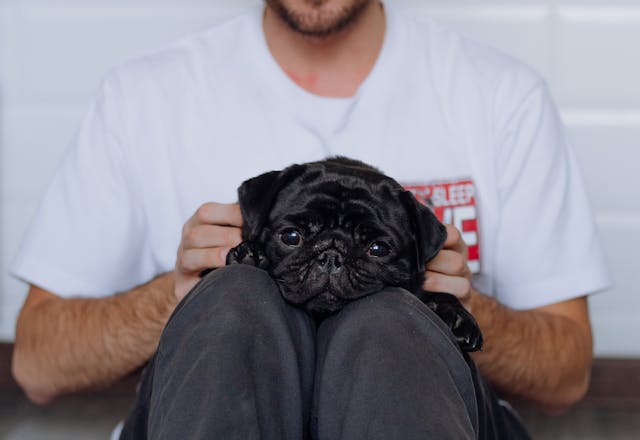
When it comes to selecting the right puppy, using proven techniques can make a significant difference. Start by setting specific criteria based on your research and family’s needs. Evaluate the puppies based on temperament, health, and behavior.
Avoid common mistakes such as choosing a puppy solely based on appearance or selecting the most active puppy without considering your family’s lifestyle. Instead, focus on finding a puppy that matches your family’s energy levels, living environment, and long-term goals. By following these puppy selection criteria, you’ll increase the likelihood of finding the perfect match.
Conclusion
Choosing the right puppy for your family is a decision that requires careful consideration and research. By assessing your family’s needs, understanding breed-specific traits, evaluating health and grooming needs, and meeting the puppy’s parents, you can make an informed choice. Training and socialization are essential for your puppy’s development, and using proven selection techniques will help you avoid common pitfalls.
Remember, the goal is to find a puppy that fits seamlessly into your family’s lifestyle, bringing joy and companionship for years to come. Embrace the journey of puppy parenthood with confidence, knowing that you’ve made a thoughtful and informed decision.
FAQs
How do I train my dog during its adult years?
Reinforce the basic command training so that it remembers its basic training and try to incorporate new tricks and advanced forms of training to keep up with its highly elevated energy levels.
My Dog keeps ignoring my commands, what should i do?
Make sure to initiate a strong bond between you and your puppy, try to understand his body language and determine what type of mood he is displaying, then make sure to train him when he is eager or active so that there is a systemic communication between you two.
Are there any specific types of breeds that are more cheap?
Poodles and miniature poodles are specifically budget friendly dogs as they are mini versions of poodles and can be easily taken care of and are highly recommended for first time dog owners.
I want a dog that can go outside with me on adventures. Which dog should I buy?
You should opt for a golden retriever, it is adventurous and also the perfect couch buddy to have and an all round happy go lucky breed, you can get one from puppies for less.


